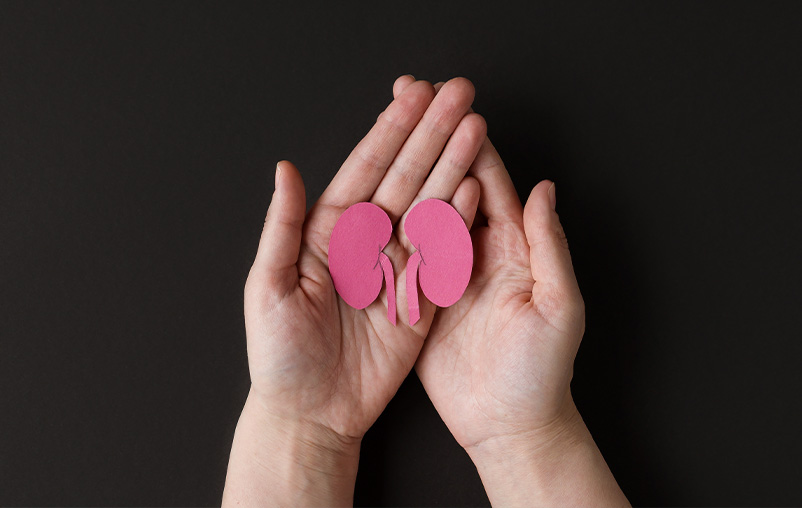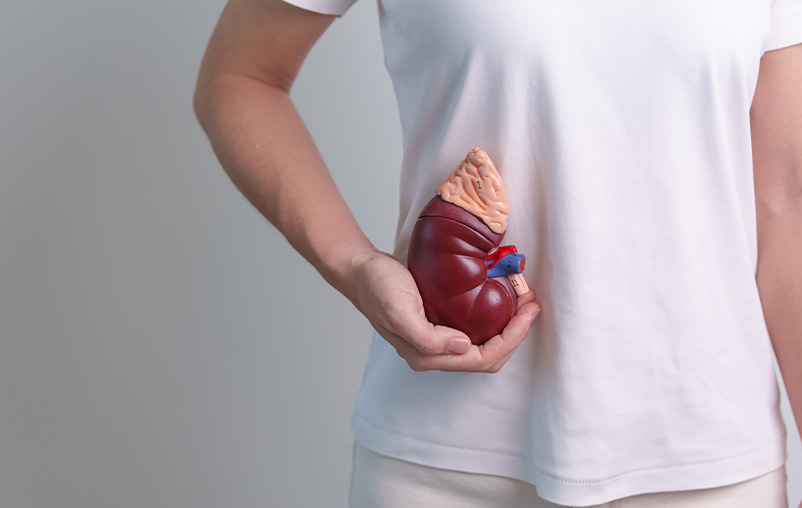According to the Organ Procurement and Transplantation Network, more than 100,000 people in the United States are currently on a transplant waiting list. About 8,000 of those waiting are in Texas.
Texas unfortunately holds the distinction of having the largest percentage of dialysis patients in the entire United States. San Antonio has disproportionate number of patients on dialysis than other parts of the country.
For those waiting on certain organ transplants, new innovations may speed up their wait.
When it comes to most organs, an organ transplant requires the donation of an organ from a deceased donor. Living donor organ transplants are becoming an increasingly viable and transformative option, offering more hope to those in need of life-saving procedures.
The Role and Impact of Living Organ Donors
Each day, 17 people in the United States die while waiting for an organ transplant. The need for donated organs far surpasses actual donations, leaving many people waiting for months and even years.
The need for kidney donations is particularly high. Approximately 85% of the 103,000 people on a transplant waiting list are waiting for a kidney. Because of the great need for kidneys, the average wait time for a kidney transplant is between five and eight years, depending on the recipient’s blood type. Living organ donation can change this.
Living Organ Donation Reduces Wait Time, Has Better Outcomes
Because it’s possible to live with only one kidney, living kidney donation is possible. As more people choose to make a living donation, the wait time for a kidney stands to decrease significantly. Research has shown that recipients of organs from living donors have better outcomes than those who receive organs from deceased donors. Living donation helps people get off dialysis immediately and provides twice the longevity of life compared to deceased donor transplants.
Plus, donors live just as long as the general public. They don’t need to take medications because of their donation, and women can still get pregnant and have children if they wish.
Advancements in Medical Technology and Organ Regeneration
While living organ donation has been around for decades, new advancements in technique and technology are now allowing for more living donations to take place than ever before.
According to the Organ Procurement & Transplantation Network, nearly 7,000 people became a living organ donor in 2023 alone.
During a kidney transplant, a whole kidney is moved from one person to another. In a liver transplant, on the other hand, only a portion of the liver is removed. The remaining liver regenerates (or regrows) in the living liver donor’s body and grows into a whole organ in the recipient’s body.
In order to successfully perform living liver transplants, researchers first had to understand how liver cells regenerate and what was possible as far as donation. Significant research was also required before other organs could be donated from living donors.
Many different tissues in the body can also be donated by a living donor. As further research is performed, it’s possible that additional living donor transplants may become a reality.
The success of living liver donations is dependent on our understanding of liver regeneration and the technological advancements that have made these complex surgeries safer and more effective. As medical technology continues to advance, the potential for increasing the number of successful living liver transplants—and, in turn, saving more lives—continues to grow.
The Process of a Living Organ Donation
If you want to donate an organ to a loved one or simply want to donate to someone in need, thank you for even considering it! Living organ donations make a significant impact.
Donor Evaluation
In order to donate, you’ll need to undergo a thorough evaluation that includes a physical exam, a mental health evaluation and other testing to ensure you’re qualified and healthy enough to donate. This evaluation will also carefully assess your social support system and your financial situation.
Financial Cost
There is no financial burden on the living donor. The transplant recipient's insurance will cover the cost of the evaluation, surgery, medical testing and follow-up appointments.
Paired Donation
If you’re looking to donate to a loved one or someone you know, additional testing will be performed to determine whether you’re a match for that person. If you are not a compatible match, you may still be able to benefit that person through what’s known as a “paired donation,” where you donate to someone compatible, and someone associated with that recipient donates to your loved one. Read two patients' paired kidney donation story in our blog.
Non-Directed Organ Donation
If you’re interested in becoming a living donor to someone you do not know, you’ll be matched with someone compatible on the transplant waiting list. Becoming a living donor provides purpose and a positive emotional experience in knowing you helped saved someone’s life.
Become a Donor and Save a Life
Our transplant surgeons are leaders in the field. Our donors and recipients do incredibly well – our center reports zero donor mortality, and recipient survival is 100% with a living donor. We ensure their care because we know the sacrifice donors have made, and we want to care for that organ.
Learn how you can become a living donor on our website.





